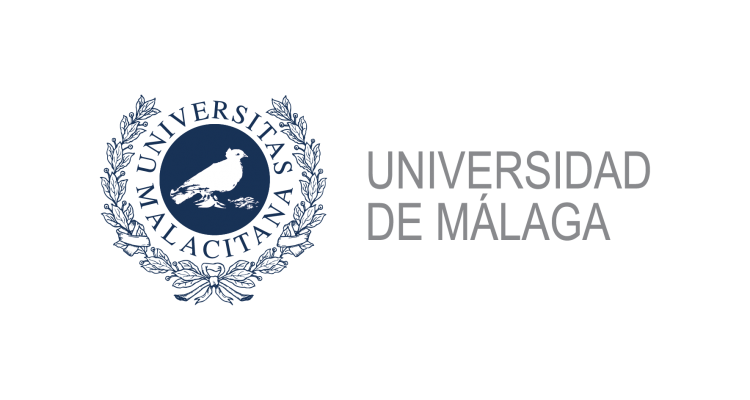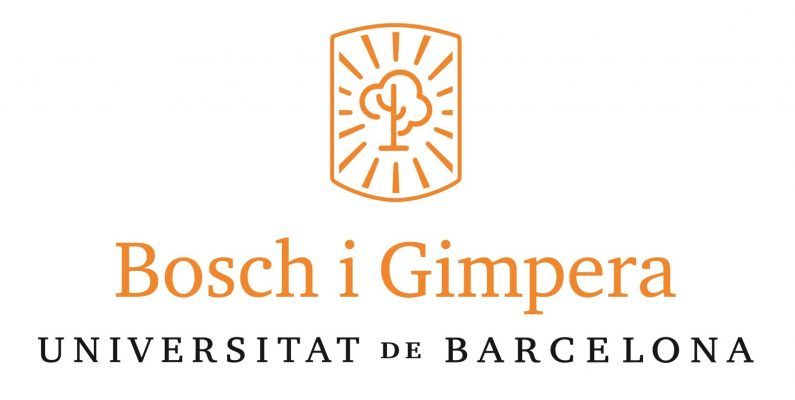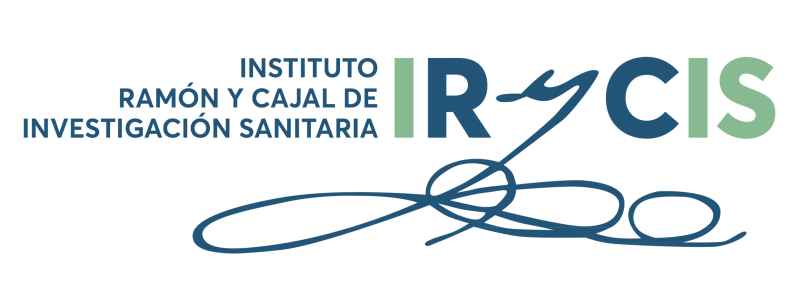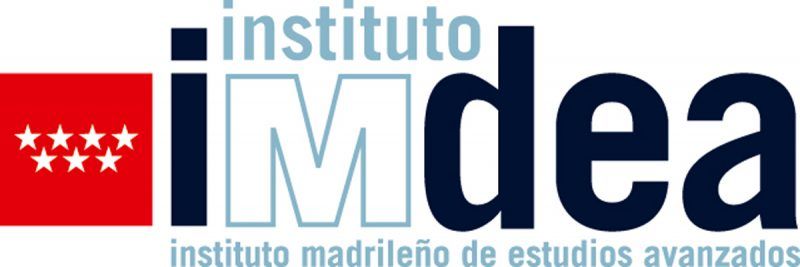The companies participating in OLIGOFASTX have the collaboration and support of a large number of leading Spanish public R&D centres in oligonucleotide-related technologies and in research into rare diseases, drug development, release of active ingredients and new production methods related to the application of oligonucleotides in human health.
|
Collaborator |
Field of expertise |
Description |
PROJECT AREA | |
|
Chemical Synthesis Nucleic acids |
Dr. Ramón Eritja’s group, at the Institute of Applied Chemistry of Catalonia (IQAC) of the Spanish National Research Council (CSIC), is an internationally recognised research group in the field of nucleic acid chemistry and synthesis. |
 |
||
|
Neurobiology research Ophthalmology |
Research group of Professor Eduardo Férnandez, Head of the Department of Histology and Anatomy at Miguel Hernández University (Spain) and Director of the Neuroengineering and Neuroprosthesis Unit of the Bioengineering Institute, specialising in human interfaces of the central nervous system, including the study of organs such as the retina. |
 |
||
|
Molecular modelling (computational modelling and design of molecules) |
Professor Modesto Orozco’s group specialises in the study of pathogenic mechanisms and the design of molecular modelling using computer tools. Throughout his career he has focused largely on the study of molecular modelling, study of the structure and characterisation of nucleic acids. |
 |
||
|
Search for new targets for the treatment of rare diseases. |
Dr. Ranea’s Biocomputing research group at the Department of Molecular Biology and Biochemistry of the University of Malaga (UMA) is an expert in the search for new therapeutic targets in rare diseases, using Artificial Intelligence and Systems Biology strategies. |
 |
||
|
Experimental Autoimmune Neuritis Experimental Autoimmune Encephalomyelitis Guillain-Barre Syndrome |
The Developmental Neurobiology Group-GNDe of the Cajal Institute of the Spanish National Research Council (CSIC), led by Dr. Fernando de Castro, is an expert in the study of the pathogenesis of demyelinating diseases such as multiple sclerosis and has extensive experience in animal models such as the murine model of EAE, which will be used in this project to study the efficacy of ApSION. |
 |
||
|
|
Cachexia-associated muscular atrophy |
The groups of Dr. Josep Argilés and Dra. Silvia Busquets from the Department of Biochemistry and Molecular Biology of Cancer at the Fundació Bosch i Gimpera (University of Barcelona) are experts in in vitro and in vivo models of cachexia for drug screening in this indication. They collaborate in the development of new drugs for this indication within the project. |
 |
|
 |
FISABIO |
Fuchs dystrophy |
The Fundación para el Fomento de la Investigación Sanitaria y Biomédica de la Comunitat Valenciana (FISABIO) is collaborating with the project through the research group led by Dr. Cristina Peris, Medical Director of FISABIO medical ophthalmology (FOM) and Associate Professor at the University of Valencia, a specialised care centre dedicated exclusively to Ophthalmology, specialising in cornea and external ophthalmic diseases. |
 |
|
Aptamers Guillain-Barre Syndrome |
The Aptamer Group of the Ramón y Cajal Institute for Health Research, led by Dr. Víctor M. González, is the pioneering team in the development of aptamer technology in Spain. |
 |
||
|
Nanoparticle development Industrial scale-up. |
The research is led by Dr. Salvador Borros, Director General of IQS at Ramon Llull University and the GEMAT group. Its specialisation focuses on basic and applied research and business-oriented transfer. The project involves the development and, above all, the feasibility of scaling up nanomaterials for industrial applications. |
 |
||
|
Bioconjugated Oligoniucleotides |
Dr. Álvaro Somoza’s group specialises in the synthesis of nucleic acids, nanoparticles and nanomedicine. Its role in the project is in the conjugation (binding) of other molecules with oligonucleotides (bioconjugation) in order to reach the cells in an efficient way. |
 |

 Español
Español







